Days of Discovery: Plymouth, Sea Urchin Cell Division and More Plankton
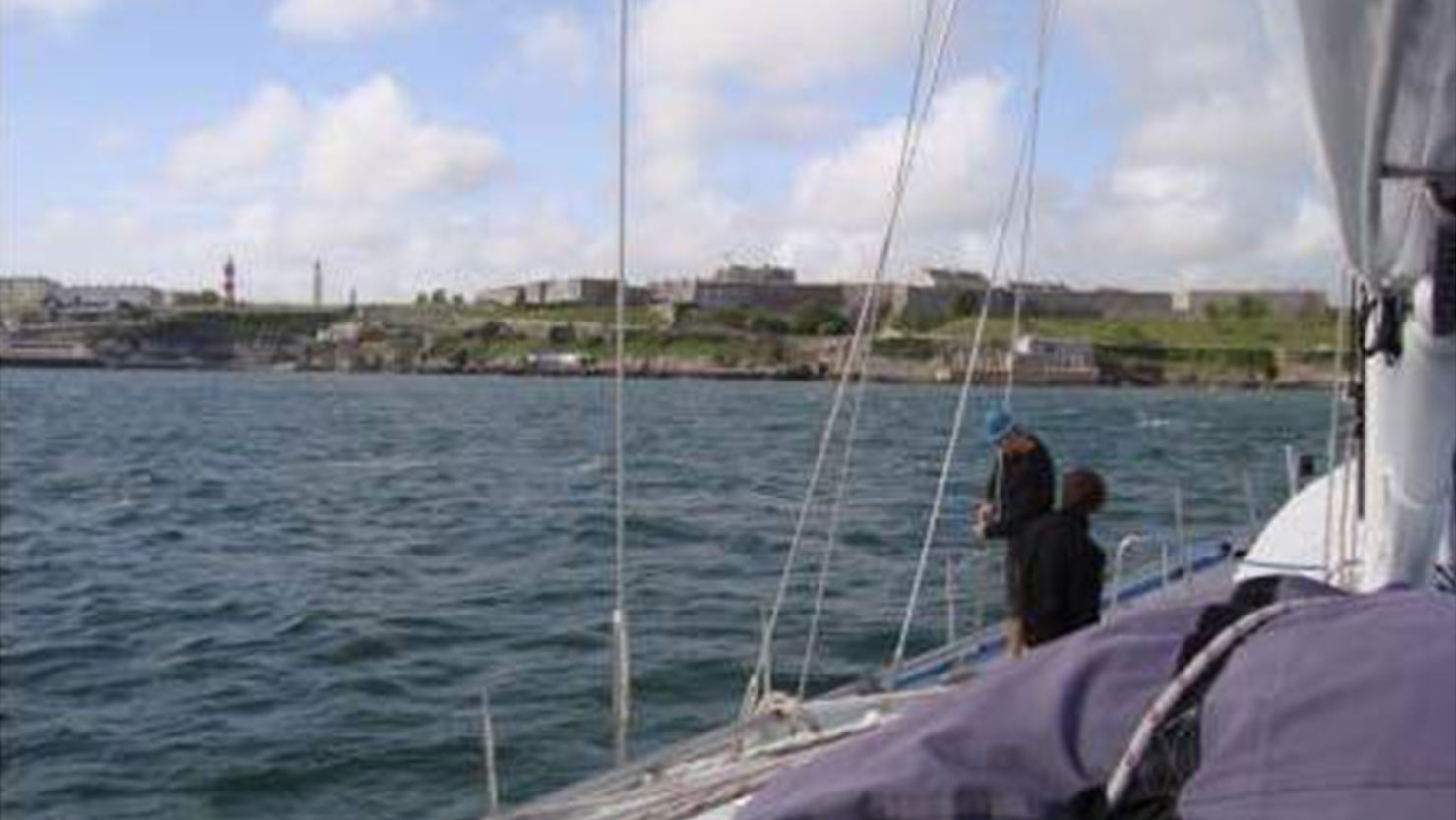
After a few days of fairly rough weather and winds up to 50 knots we finally spotted land and made our way to Plymouth. With our social interactions having been restricted to a pod of pilot whales and a few tankers passing through the night, we were excited to see a welcoming committee, headed by Dr. Jack Gilbert and Dave Robins from Plymouth Marine Laboratory (PML), waiting on the dock in Sutton Harbour. We were also excited to meet up with our colleague from JCVI, Dr. Chris Dupont, who flew from La Jolla to help us coordinate and run the intense sampling sessions together with our collaborators and hosts at PML. Plymouth showed us its best side with nice, sunny weather and curious and friendly spectators down in the Barbican.
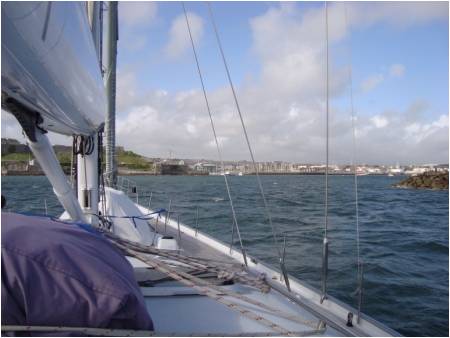
On Wednesday the 20th the Sorcerer II crew was invited for a tour of the Marine Biological Association in Plymouth. The MBA is one of the oldest marine biology research institutes in the world and has been carrying out research and education for 125 years. In conjunction with PML and number of other institutions they formed the Plymouth Marine Sciences Partnership, an initiative to bring together leading marine science and technology organizations in the region. The crew was hosted by Dr. Richard Pipe, an associate fellow at the institute and head of the Plymouth Culture Collection of Marine Algae. Richard showed us around their facilities, introducing us to some of the researchers, who were happy to talk to us about their projects, ranging form cell division in sea urchin embryos to pheromones. Another highlight of the tour was the algal culture collection, consisting of some 280 strains, the oldest one isolated 100 years ago.
We also had the pleasure of visiting the National Marine Biological Library (NMBL). Linda Noble, Head of Library and Information Services, showed us some extraordinarily beautiful historical drawings of marine plankton. We were all amazed by the exquisite drawings and how well preserved the books were. Crew member Jeremy Niles put it all in historical perspective when he said, “Some of these books are older than our country!”
As our tour was coming to an end we made a final stop at the Sir Alister Hardy Foundation for Ocean Science (SAHFOS), the foundation in charge of the continuous plankton recorder survey. This marine monitoring programme has been collecting data from the North Atlantic and the North Sea on the ecology and biogeography of plankton since 1931 and is the world’s longest running marine biological survey. The continuous plankton recorders are towed by commercial ships around 17 regular shipping routes around the world every month. The data collected is used, among other things, to track global climate change, harmful algae blooms and fisheries.
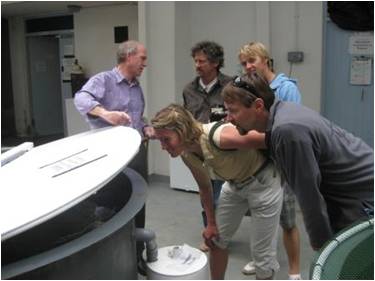
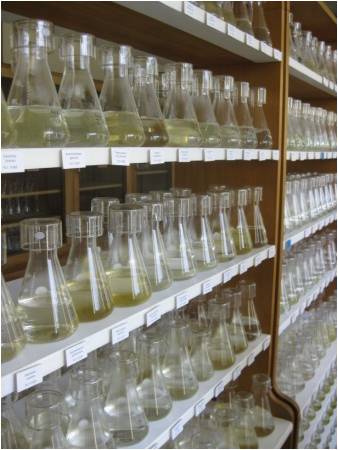
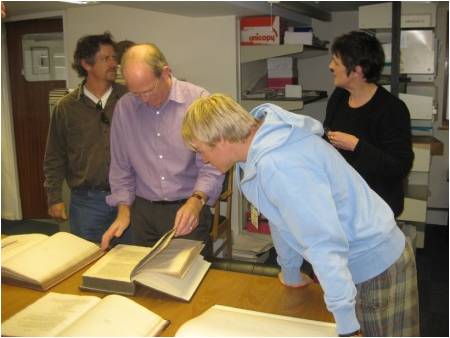
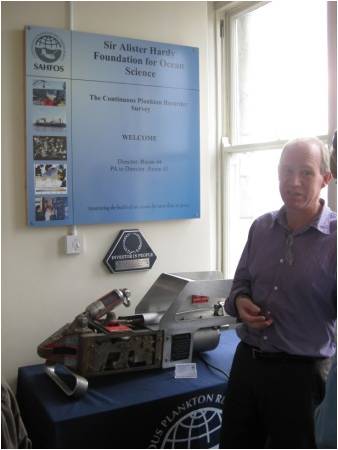
We’re looking forward to sampling here in Plymouth with our PML colleagues and to the arrival of Dr. Venter. More soon.
Karolina